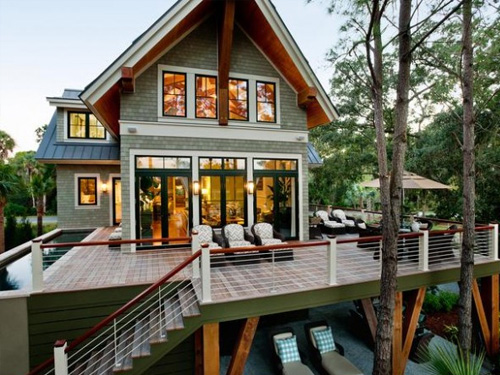PERIMETER BLOG
LATEST NEWS & INTERESTING FACTS“Many Canadians don’t realize that one of the most significant ways they can make a positive impact on the environment and their overall health is by living in a greener home.”
That’s the backbone of the Canada Green Building Council’s mission statement. In order to qualify homes built with a focus on sustainability, the CGBC, in partnership with the World Green Building Council, established LEED, the leadership in energy and environmental design rating system.
Sounds pretty sweet, right?
Let’s back up a minute. Actually lets back up a couple decades. Construction practices are constantly evolving depending on factors such as location, climate, and local economy. In the 1980’s, homes in growing Canadian cities were built as fast as possible to keep up with demand, meaning plenty of important factors were overlooked in the name of speed. Construction improved at the turn of the century (how strange is that phrase?), but bigger and better than the neighbours was still the name of the game.
We’re on the cusp of another critical point of evolution in residential and commercial construction.
The name of the game now? Function and sustainability. It’s time to build homes that last and pay attention to little details like, oh, I don’t know, the longterm health and wellness of their inhabitants.
Here are four elements that form the backbone of LEED-built homes.
1. Less Energy Consumption
The goal of sustainability is minimizing human impact on the environment. Electricity and water isn’t free, and every time we use some of it, it means we’re borrowing from somewhere else. LEED homes utilize appliances and products that conserve energy and water.
2. Less Waste
This one’s on you, but you can use your house for inspiration. Most of the responsibility to create less waste is on the homeowner. We’ve been preaching proper recycling habits for months now, mostly as they pertain to construction companies, but the same rules apply in the home. LEED homes incorporate products and systems that last, but ultimately, it’s up to the homeowner to follow the lead of the home itself. Neat, right?
3. Higher Air Quality
When was the last time you changed your furnace filters? LEED homes utilize high efficiency products such as furnaces that improve ventilation and the air flowing through the home. In addition to your furnace, LEED homes are designed to improve natural air flow throughout the home, often borrowing from the climate outside in locations where it’s efficient to do so.
4. Are Awesome to Live In
Finally, for homeowners already committed to environmentally friendly living, a LEED home offers peace of mind whether you’re sleeping through the night or engaging in the normal hustle and bustle of a busy life. Green building practices do a lot of the work you so you don’t have to put as much thought or effort into minimizing your impact on the environment. And who among us doesn’t like to boast just a wee bit when the in-laws drop in without notice?
A home that uses less energy than traditional homes, creates less waste, has excellent, natural air flow and quality, and looks darn cool?
Yeah, that’s probably worth boasting about.
Oh hey, PS, we don’t build LEED homes, and the CGBC isn’t paying us for this post. Maybe they will someday, but in the meantime, look into building or buying a LEED home yourself. It just makes our job easier down the road when you need to fix your drainage system.

